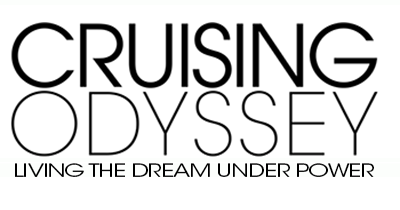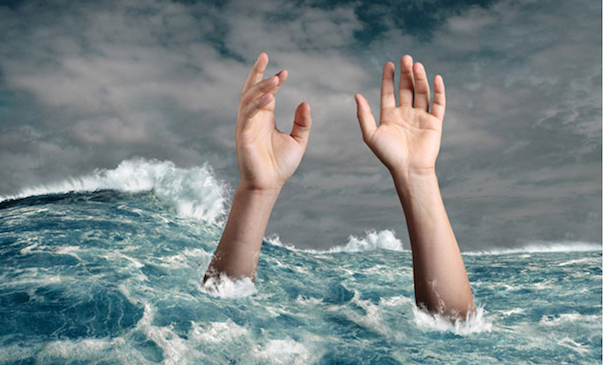Let’s assume that you’re up to speed on how to make a distress call to the Coast Guard in an emergency. And that you know proper VHF radio procedure, and you’re familiar with the three levels of distress calls, starting with the life- or vessel-threatening Mayday. But what happens if you’re incapacitated, or you can’t make the call yourself? Does your spouse or crew know what to do? Here’s a great reminder from the U.S. Power Squadrons on how to call for help when you need it most.
Before you start a cruise, it’s a good idea to make sure that someone else on the boat knows how to make a call on the VHF, either fixed-mount or handheld. How to transmit, how to dial or go back to Channel 16, when to say “over” and listen to the other side of the conversation and when to say “out” to end it. This may take ten minutes or so and involve some hands-on training (I’m thinking of younger days with my children) and it helps to involve this person when you’re using the VHF yourself, even if you’re just calling a marina about a slip; better yet, let them do it. You don’t want to have to explain how a VHF works when the boat is sinking or someone has already fallen overboard.
Then you can move on to the trilogy of distress calls: Mayday, Pan-Pan and Sécurité. Mayday, of course, is the ultimate, and you use it only when there’s an immediate danger to life or property. Pan-Pan (pronounced Pahn-Pahn) is the next level down and reflects urgency that’s not life- or ship-threatening – you’ve lost steering, for example, but the boat’s still floating and nobody’s hurt. Finally, Sécurité is used for safety information – a sudden storm is threatening, a vessel is overdue, a piling is loose in a channel.
Once you decide what type of call to make, here’s some very solid information from the Power Squadrons on what to do next. Read more:
http://www.theensign.org/uspscompass/contentmain.html




